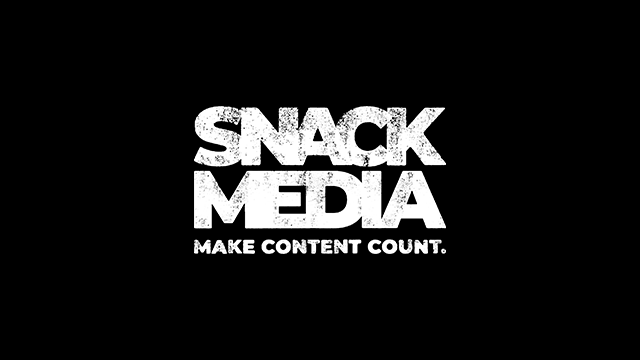You don’t need a content marketing agency such as Snack Media to tell you that digital content is different to print media; for starters, one is something tangible you can hold in your hand and the other is floating out there in the electronic ether.
But aside from the obvious differences, there are a few technical pointers that need to be considered when writing for the web. Here are some top tips to bear in mind when creating digital content:
Structure
- People read digital content differently to print – much more scanning takes place.
- Copywriters, therefore, need to divide content into smaller sections with subheadings.
- Paragraphs should be no longer than three sentences, which should be short and snappy.
- For the greatest impact adopt tabloid-style structuring (paragraphs of one or two sentences, a maximum of 25 words per sentence, between four and six sentences per headline).
- When structuring your content start with the most important information – remember that the further down the page you go, the more readers drop off.
Legibility
- No matter how good technology gets, reading from a screen is 25 per cent slower than print.
- Help your readers by making your copy as legible as possible – avoid inconsistent bolding, italicising, capitals and highlighting.
- Avoid ambiguity at all costs – your writing should do exactly what it says on the tin (or in the headline).
- Ambiguous copy drives readers away.
Credibility
- There is no excuse for poor spelling and grammar; it immediately undermines your credibility.
- Proofreading and editing are not optional extras.
- Allied to this point is the use of social media. Strict guidelines should be in place for the use of Twitter, Facebook and all other platforms to avoid embarrassing PR disasters.
Searchability
- Optimise your copy by ‘writing to be found’.
- Enter into topical debates, use words and phrases that people might commonly search for in Google and utilise strong backlinks.
- It’s important to strike a good balance here – don’t overuse keywords to the detriment of your writings.
Variety
- Do not rely overly on text; break it up with images.
- Create time-sensitive content – tie your digital content to current affairs, specific points in the year and events.
Personality
- Keep your brand’s identity in mind – remember to stick to any tone of voice guidelines that you may have.
- The strongest brands have consistent, easily-recognisable identities and this is in part conveyed by their tone of voice.
- See our ‘tone of voice’ blog post for more information.
Accessibility
- Make sure that your copy is fully accessible to all readers, including those who are visually impaired or blind.
- Images should be accompanied with captions and, where possible, audio alternatives should be provided.
By following these points you can create strong digital content that grabs readers’ attentions and ultimately delivers results. Just as with print content, the best way to begin is to create a structure and just start writing – don’t be too concerned with creating something perfect first time around, as that’s what the editorial process is for.
Want to find out more? Simply contact our team and we’ll be happy to discuss your web copy requirements.





